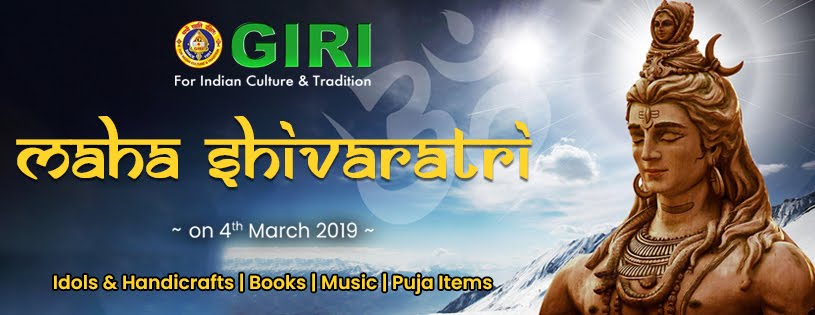HINDUISM FOR ALL
DHARMASHAASTRAS
Man’s life is made of - Social life
- Professional life
All the three are regulated by certain ethical guidelines. In today’s cosmopolitan world, each of it may have a different set of rules, but Indians in the past were governed by Dharmashaastras in all the spheres of life.
Dharmashaastras are the moral, ethical, professional and religious codes of conduct authored
by Rishis of ancient India. Dharmashaastras contain the civil and criminal code. Manusmriti and
Yaajnyavalkya Smritis were the most popular Smritis of ancient period. Later on many Smritis such
as Naarada, Vishnu, Yama, Devaala etc. came to be written. The numerous Smritis never stand in
conflict, but the changes found in them were the result of the regional and customary aspirations
and were like amendments in the law to suit the different times and conditions
Yaajnyavalkya Smritis were the most popular Smritis of ancient period. Later on many Smritis such
as Naarada, Vishnu, Yama, Devaala etc. came to be written. The numerous Smritis never stand in
conflict, but the changes found in them were the result of the regional and customary aspirations
and were like amendments in the law to suit the different times and conditions
Social Life:
The social life style of the ancient Indians was closely interconnected with their professional life. It was a patriarchal society, with a joint family, headed by the eldest surviving male member as the overall in charge.
Professional Life :
Just as the modern society has guilds and trade unions to protect the interests of people involved in similar professional, Ancient Culture Hindu too had a similar system. The system was called Varna, now misunderstood as caste. Varna was the profession ‘chosen’ usually by virtue of birth, but at times even by choice.
There were only four varnas namely :
Various Smritis have clearly defined the role and place of the varnas in the society and the basis of their classification. Lord Krishna emphatically states that the varnas are based on their intrinsic quality and their actions. (Guna and Karma)
Unfortunately like any system, rot set in Varna system too, giving rise to a mamothic caste system, which is considered as a major blot on Hinduism, which is otherwise a perfect order. But this was the result of man-made disorder and was not in the spirit of the Vedic Rishis.
Religious Life:
A man’s personal life was divided into four stages called Aashramas, namely
Brahmacharya : The stage of celibacy wherein one gathers life skills and education and knowledge.
Grahastha : The stage of marital life wherein an individual
economically progresses and supports his family and
the society.
Vaanaprastha : The stage of partial retirement from responsibilities
of his professional life.
Sanyaasa : The stage of complete renunciation from all worldly
state of affairs, in which the only aim of the person is to attain God or Godliness.
In each stage, a Hindu’s life was well regulated by specific guidelines prescribed in the Dharmashaastras.
This article is a snippet from the Book Hinduism For All, Authored by TS Srinivasan and Edited By Dr Ramchandrashekar. Hinduism for All is available online at www.giri.in & across Giri Trading Agency Private Limited, A chain of Speciality Stores dealing in all kinds of products needed in Indian Culture & Tradition.
To Know More & For Deeper Insights on Sanatana Dharma, Hinduism & Indian Culture & Tradition, Follow Us on


















0 Comments